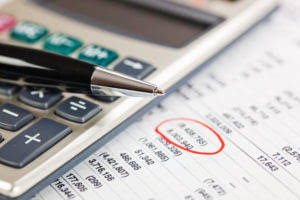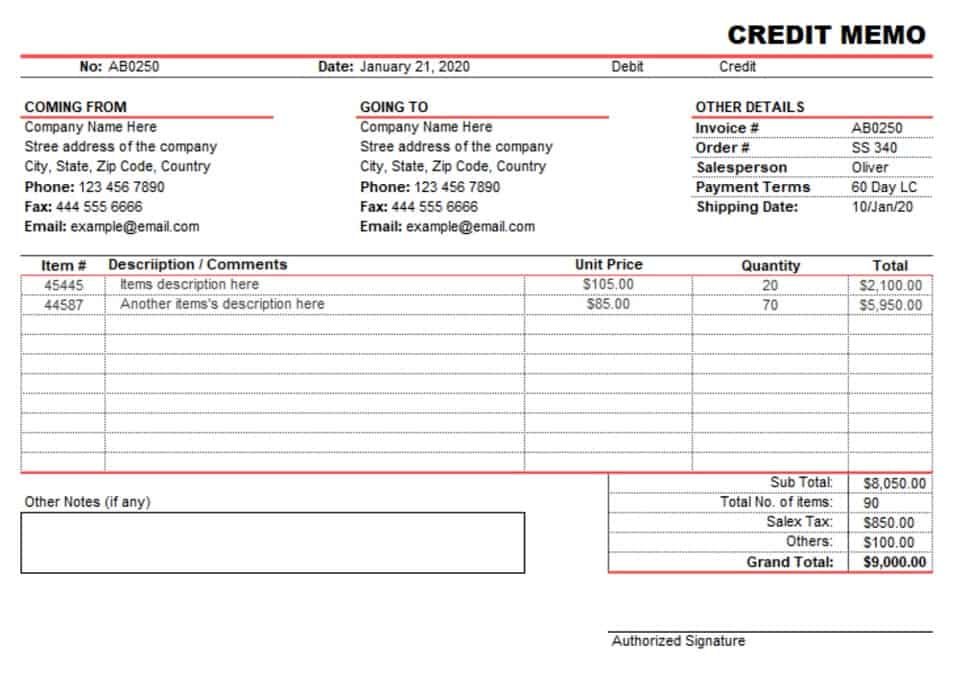
Apply this rate to the asset’s remaining book value (cost minus accumulated depreciation) at the start of each year. So if an asset with a 10-year life and no salvage value depreciates at 10% per year straight-line, the DDB rate would be 20%. Depreciation accounts for the reduction in an asset’s value over time, reflecting its usage, wear and tear, or obsolescence.
Annual Depreciation Computation
Double declining balance depreciation isn’t a tongue twister invented by bored IRS employees—it’s a smart way to save money up front on business expenses. What it paid to acquire the asset — to some ultimate salvage value over a set period of years (considered the useful life of the asset). By reducing the value of that asset on the company’s books, a business can claim tax deductions each year for the presumed lost value of the asset over that year. In this lesson, I explain what this method is, how you can calculate the rate of double-declining depreciation, and the easiest way to calculate the depreciation expense. The Double Declining Balance Method, often referred to as the DDB method, is a commonly used accounting technique to calculate the depreciation of an asset.
Account

Imagine being able to maximize your tax deductions and improve your cash flow in the initial years of an asset’s life. The double-declining balance (DDB) depreciation method, also known as the reducing balance method, is one of two common methods a business uses to account for the expense of a long-lived asset. Compared to the standard declining balance method, the double-declining method depreciates assets twice as quickly. Its sale could portray a misleading picture of the company’s underlying health if the asset is still valuable. The declining balance method is an accelerated depreciation system of recording larger depreciation expenses during the earlier years of an asset’s useful life.

Declining Balance Depreciation Formulas

First, the straight-line depreciation rate is determined by dividing 100% by the asset’s useful life. For example, an asset with a five-year useful life has a straight-line rate of 20%. This rate is then doubled to produce the double declining rate, which, in this case, would be 40%.
Financial Close Solution
Like the double declining balance method, the sum-of-the-years’ digits method is another accelerated depreciation method. It is calculated by multiplying a fraction double declining depreciation formula by the asset’s depreciable base in each year. The fraction uses the sum of all years’ digits as the denominator and starts with the largest digit in year 1 for the numerator.
Order to Cash
As a hypothetical example, suppose a business purchased a $30,000 delivery truck, which was expected to last for 10 years. Under the straight-line depreciation method, the company would deduct $2,700 per year for 10 years–that is, $30,000 minus $3,000, divided by 10. Thus, the Machinery will depreciate over the useful life of 10 years at the rate of depreciation (20% in this case). As we can observe, the DBM results in higher depreciation during the initial years of an asset’s life and keeps reducing as the asset gets older. It’s crucial that any chosen depreciation approach not only aligns with your business’s financial tactics but also meets regulatory requirements.
Double Declining Balance Method (DDB)
Alternatively, the specific month convention can be utilized for a more detailed approach. This method calculates depreciation based on the exact month an asset is placed into service, which can be beneficial for businesses with significant asset turnover. At the beginning of the first year, the fixture’s book value is $100,000 since the fixtures have not yet had any depreciation. Therefore, under the double declining balance method the $100,000 of book value will be multiplied by 20% and will result in $20,000 of depreciation for Year 1. The journal entry will be a debit of $20,000 to Depreciation Expense and a credit of $20,000 to Accumulated Depreciation. The method ensures the book value does not drop below the salvage value, if any.
- To compute annual depreciation using the double declining balance method, the determined rate is applied to the asset’s book value at the start of each year.
- (An example might be an apple tree that produces fewer and fewer apples as the years go by.) Naturally, you have to pay taxes on that income.
- It’s ideal for assets that quickly lose their value or inevitably become obsolete.
- (You can multiply it by 100 to see it as a percentage.) This is also called the straight line depreciation rate—the percentage of an asset you depreciate each year if you use the straight line method.
Accumulated Depreciation Over the Asset’s Lifespan
- By integrating AI, companies can ensure precise and efficient handling of their asset depreciation, ultimately improving their financial operations.
- Our solution has the ability to record transactions, which will be automatically posted into the ERP, automating 70% of your account reconciliation process.
- By accelerating the depreciation and incurring a larger expense in earlier years and a smaller expense in later years, net income is deferred to later years, and taxes are pushed out.
- Getting more into the specifics, imagine you possess a business vehicle that is subject to a 5-year recovery period as determined by the IRS.
- It only complicates your bookkeeping further, and you must file the surprisingly intensive Form 3115 to get IRS approval for the change, which isn’t guaranteed.
Since the double declining balance method has you writing off a different amount each year, you may find yourself crunching more numbers to get the right amount. You’ll also need to take into account how each year’s depreciation affects your cash flow. Given its nature, the DDB depreciation method is best QuickBooks reserved for assets that depreciate rapidly in the first several years of ownership, such as cars and heavy equipment. By applying the DDB depreciation method, you can depreciate these assets faster, capturing tax benefits more quickly and reducing your tax liability in the first few years after purchasing them. To calculate the depreciation expense for the first year, we need to apply the rate of depreciation (50%) to the cost of the asset ($2000) and multiply the answer with the time factor (3/12).
Example 1: Double-Declining Depreciation in First Period

The double declining balance method accelerates depreciation, allowing businesses to allocate more expenses in the early years of an asset’s life. Through this example, we can see how the DDB method allocates a larger depreciation expense in the early years and gradually reduces it over the asset’s useful life. This approach matches the higher Catch Up Bookkeeping usage and faster depreciation of the car in its initial years, providing a more accurate reflection of its value on the company’s financial statements. Depreciation is a fundamental concept in accounting, representing the allocation of an asset’s cost over its useful life. Various depreciation methods are available to businesses, each with its own advantages and drawbacks.
